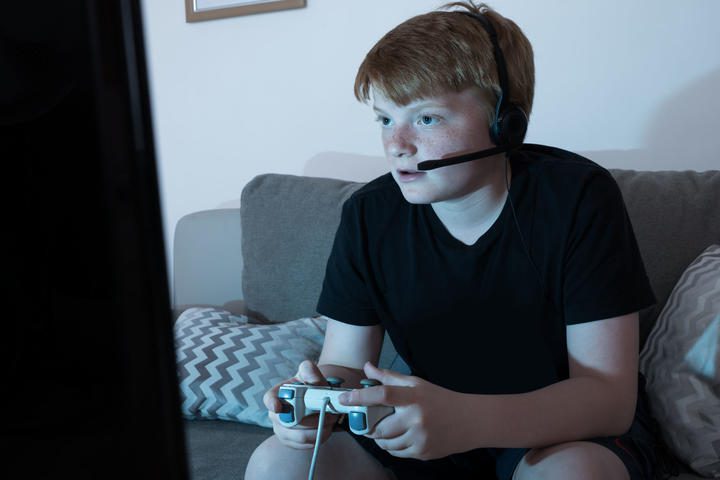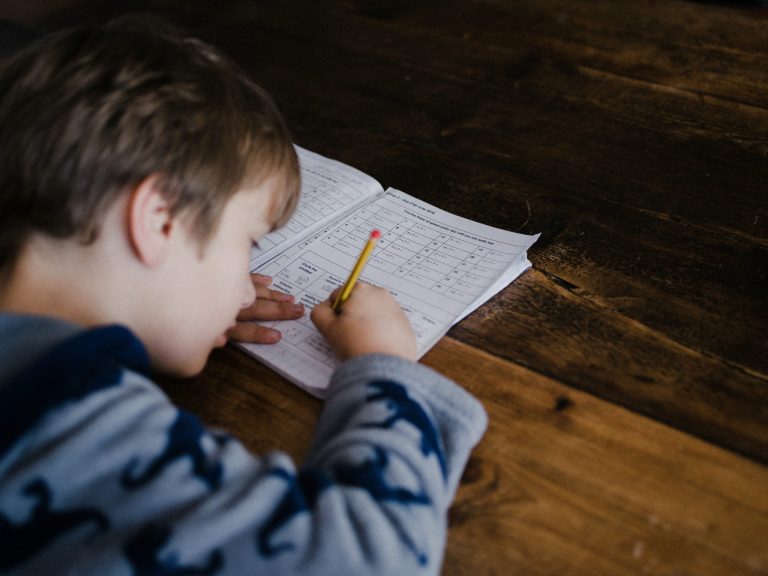How to teach children emotional literacy skills
Why is noticing our feelings important?
From a neuroscientific perspective, when we are putting our feelings into words, this activates our prefrontal cortex (that part of our brain behind our forehead). This moderates the effect that the emotions have in other parts of our brain: this “dampening” effect means that when we name our emotions, they lose much of their ability to control us (Harris, 2021). The emotions do not go away: they stay with us, but they have much less power over us.
So, how to teach emotional literacy to children?
The first step is to model the process ourselves. Generally, we will find that some children are more in tune with their feelings and emotions, and are ready to deal with new or different situations more easily. For children that find it more difficult, structured little exercises might be more helpful (Dixon, Paliliunas & Critchfield, 2018).
One way to help them notice their feelings is to invite them to imagine or draw the feeling: what’s the feeling’s colour? What’s it’s texture? Is it big or small? Is it fluffy, smooth or spiky? Does it have a shape? Is it pulsating or moving? Does it change? Is it heavy or light?
A next step would be to encourage them to locate it in their body: Are they feeling it in their stomach or in their chest? Is it on their hands or maybe their ears? (Harris, 2019).
Learning to notice what you are feeling and to put a name on this emotion, is the first step on the way to accepting how we feel. After this, we can open up and make room for these feelings, without being afraid of them and without letting them consume our attention and energy (Harris, 2021).
An important amount of research shows that the less we are able to name our emotions, the more likely it is that they will push us into patterns of behaviour that come in contrast with the life we want to live. For this reason, it is worth the time and effort to develop this important psychological skill.
If your child is struggling significantly with managing their emotions and this is impacting their everyday life, it may be a good idea to seek professional help.
Elena Marinopoulou is a Behaviour Analyst with Willingness Team. She works with children and adults and has a strong interest in parent training, sleep and feeding issues emerging during childhood, as well as Acceptance and Commitment Therapy.
References:
Dixon, M., Paliliunas, D., & Critchfield, T. (2018). AIM: A Behavior Analytic Curriculum for Social-Emotional Development in Children. Carbondale, Illinois: Shawnee Scientific Press.
Harris, R. (2019). ACT made simple (2nd ed.). Oakland, CA: New Harbinger Publications, Inc.
Harris, R. (2021). The Happiness Trap Book (2nd ed.).






